Awesome Mammals in Estonia
The Estonian forests are one of the few places in Europe where you can see a variety of animals in their natural habitat. Specifically, mammal-watching in Estonia is a rare treat for people who are into wilderness observation and photography.
The Mammals of the Estonian Forest
There are more than 60 different kinds of mammals living in the forests of Estonia, and what’s amazing, they are in rather large numbers, overall. And for each forest area, there are special denizens, like flying squirrels, lynxes, wolves, and even bears. Here are some of the animals you will encounter if you are mammal-watching in Estonia.
Bears – Bears are a somewhat seasonal creature, as they hibernate from November to March. It’s best to go for bear-watching in the months of May to July, as that’s the time when they go to the feeding stations. By August, they usually can forage for their own food, and won’t come back until September to October, where they will avail of the food available in the stations so they can prepare for hibernation. The population size is currently estimated to be around 800, and they weigh between 90 to 340 kilograms, making them the biggest predators in Estonian forests.
Wild Boars – The wild boars in Estonia are provided food regularly by hunters, so they are easy to watch when they approach the feeding sites before sunset. Wild boars are actually a transplanted species, imported in the 1920s. They have very aggressive mating rituals, and piglets are usually born from March to May. By autumn, more than 50% of the population is made up of piglets.
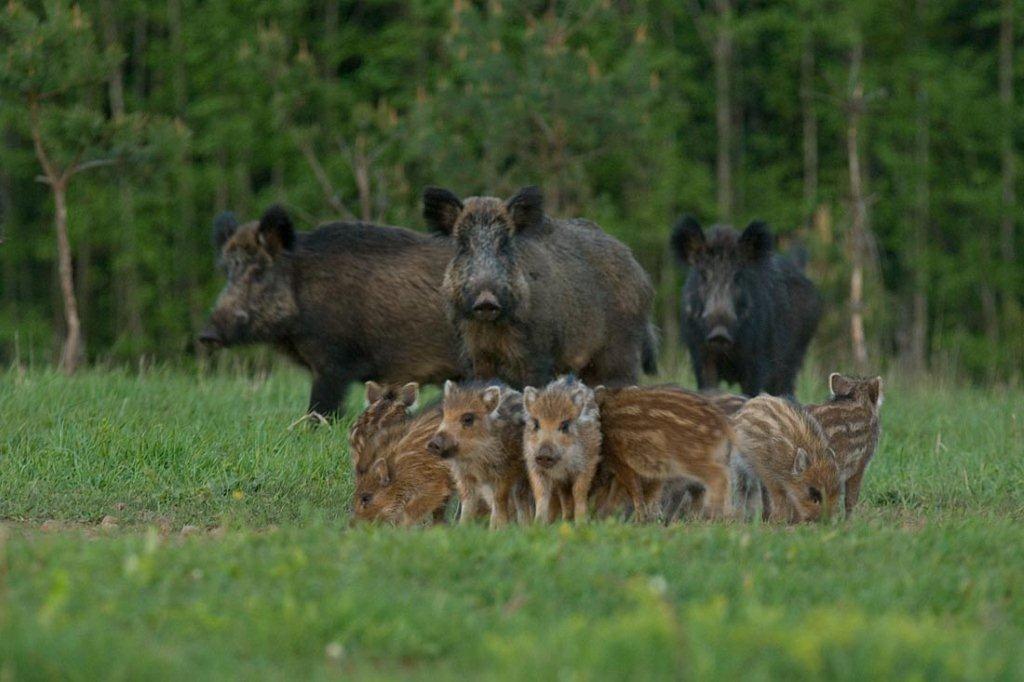 Moose – if you are in Estonia anywhere from September to October, then you will be just in time to watch moose during their mating season. Barring that, you will be able to see the younger calves be evicted by the adults in April. As with the wild boar, moose have an aggressive mating ritual for the males to prove who has the right to be the primary male. One male can have a harem of as many as seven females during the mating season. Their natural enemies are bears and wolves.
Moose – if you are in Estonia anywhere from September to October, then you will be just in time to watch moose during their mating season. Barring that, you will be able to see the younger calves be evicted by the adults in April. As with the wild boar, moose have an aggressive mating ritual for the males to prove who has the right to be the primary male. One male can have a harem of as many as seven females during the mating season. Their natural enemies are bears and wolves.
 Siberian flying squirrel – on the other end of the size spectrum, you have the flying squirrels, who are better seen in the months from May to early August due to the white nights, as they are normally nocturnal animals. These squirrels are unusual in terms of their appearance, as their eyes have become bigger for their nocturnal lifestyle, and they have developed a membrane that is between the fore- and hind-limbs (hence the name). They use these membranes to glide from tree to tree, which allows them to escape possible predators with relative ease. Good luck is needed if we trying to see this small animal.
Siberian flying squirrel – on the other end of the size spectrum, you have the flying squirrels, who are better seen in the months from May to early August due to the white nights, as they are normally nocturnal animals. These squirrels are unusual in terms of their appearance, as their eyes have become bigger for their nocturnal lifestyle, and they have developed a membrane that is between the fore- and hind-limbs (hence the name). They use these membranes to glide from tree to tree, which allows them to escape possible predators with relative ease. Good luck is needed if we trying to see this small animal.
These four animals are just a few of the reasons why it’s a good idea to go mammal-watching in Estonia. And if you’re wondering how you can plan your outdoor trek, Estonian services, both local and national, can help you with your wildlife observation trips.
Wolves – They are perhaps one of the most legendary of forest creatures, and coupled with their incredible hearing, sense of smell, and powerful bodies, they are the most feared predators in Estonian forests. And yet, strangely enough, in Estonian folklore wolves are known as the nurses of the forest, since they are the ones that cull the weak or injured animals, aside from limiting the population of rodents and other species. The way they move about changes with the seasons, as they move in packs from autumn to spring. By the time winter comes, smaller packs may unify into one larger pack. However, in the summer, wolves who are raising cubs may live in pairs. Rebellious or outcast wolves usually hunt alone. Seeing wolves is not very easy good luck is needed.
Lynxes – If you are in the country any time during February and March, then you’re up for a treat, as these months are the best time to observe the lynx population. They are the only large felines that live locally in Estonia. However, do be aware that even if you are visiting during the observation season, lynxes are hard to observe and good luck is needed, given that they have territories that extend up to hundreds of kilometers. You also have to take into account that they are nocturnal hunters, so your best bet to see them without night vision assistance would be towards sunset.
The lynx and the wolf occupy roughly the same niche in nature, and as such are competitors for the same food sources. If there are many wolves in an area, then chances are, there will be few lynxes about (even though they can grow to a size of 25 kilograms).
Beavers and otters – If you prefer to go mammal-watching in Estonia near the lakes and rivers, then you should go from April to August, so you will be able to see beavers at their best. Beavers build their homes on the shores of lakes and rivers, and their bodies and tails have adapted to a semi-aquatic lifestyle. Even their fur has adapted, being impermeable to water. The beaver’s teeth are legendary, because they are strong enough to cut through wood, allowing the beavers to fell trees with a diameter of up to one meter. To see Beavers in Estonia is quit high passobility.
These are just a few of the amazing animals that you can observe in Estonia. And don’t worry, local and national services can help you organize your wilderness tours.

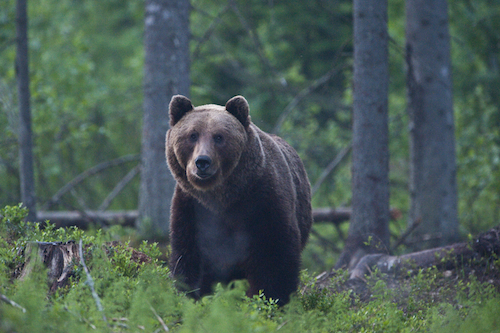
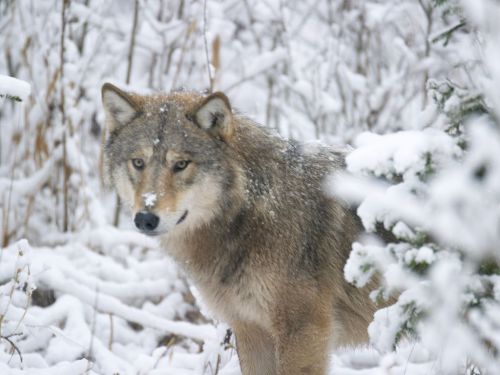
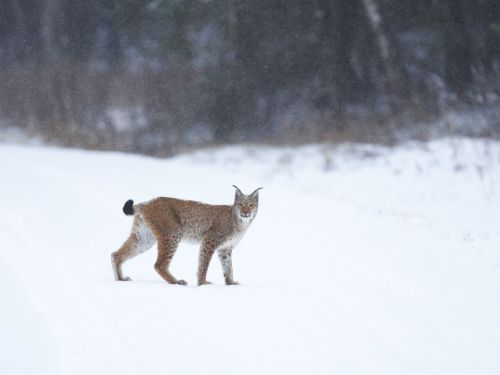
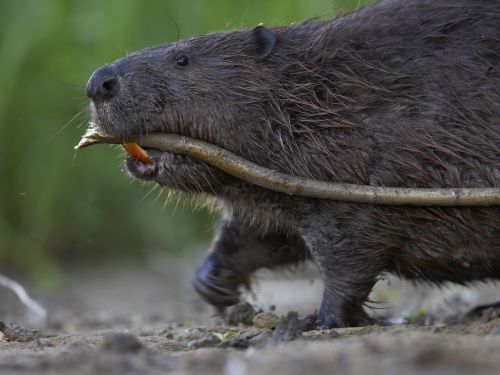
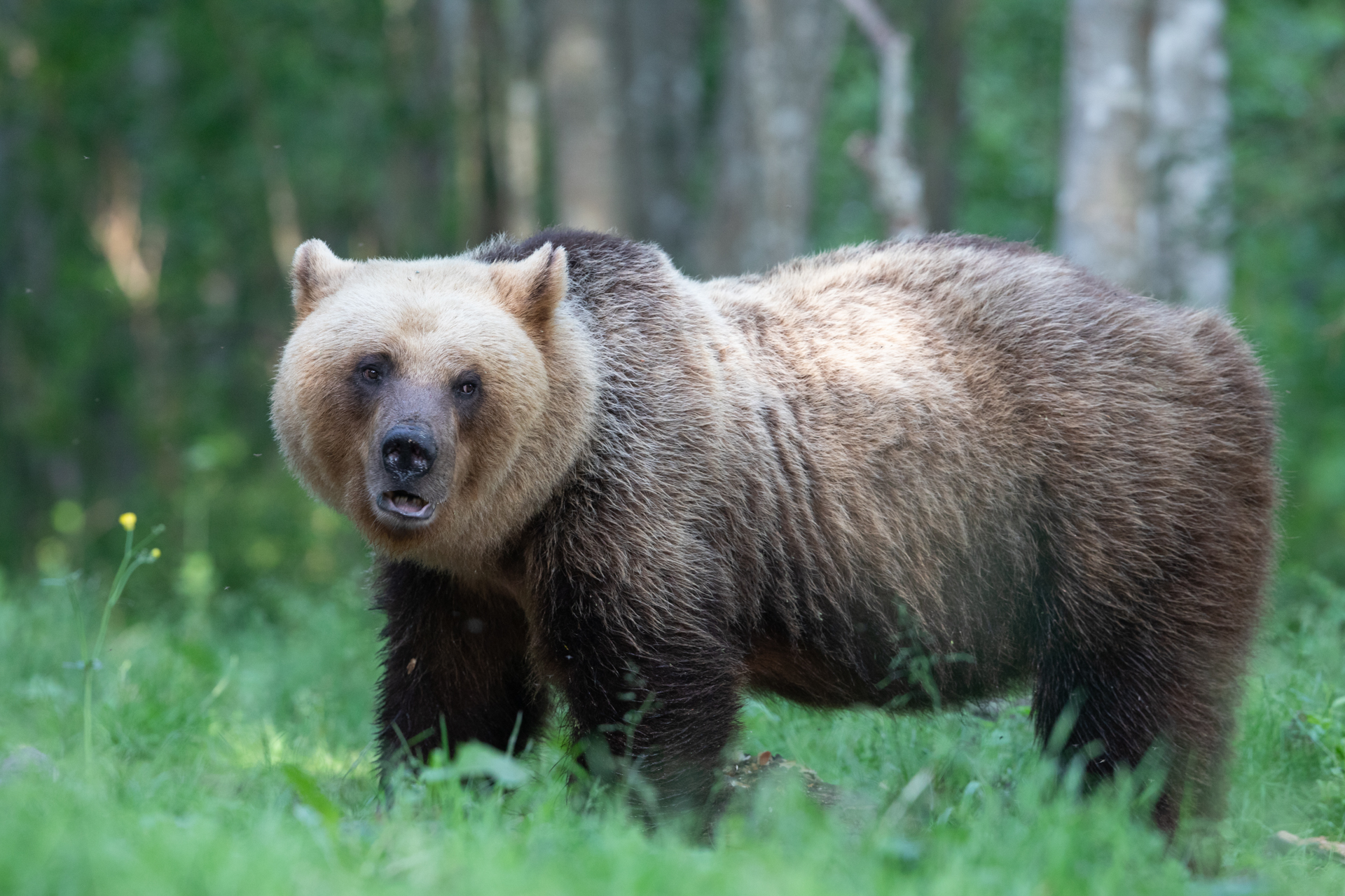
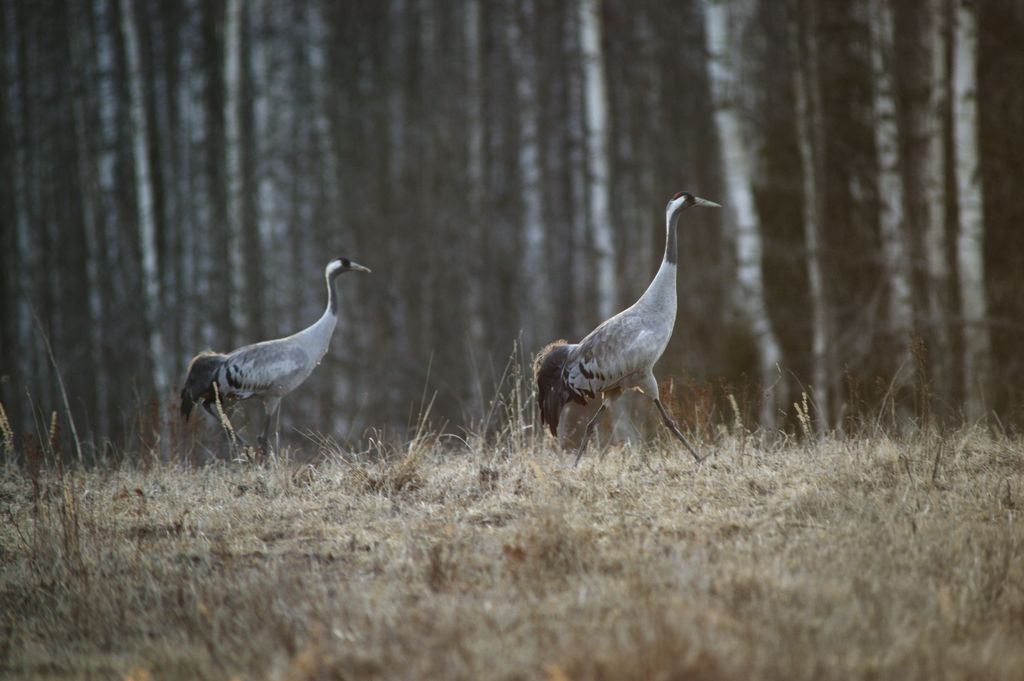
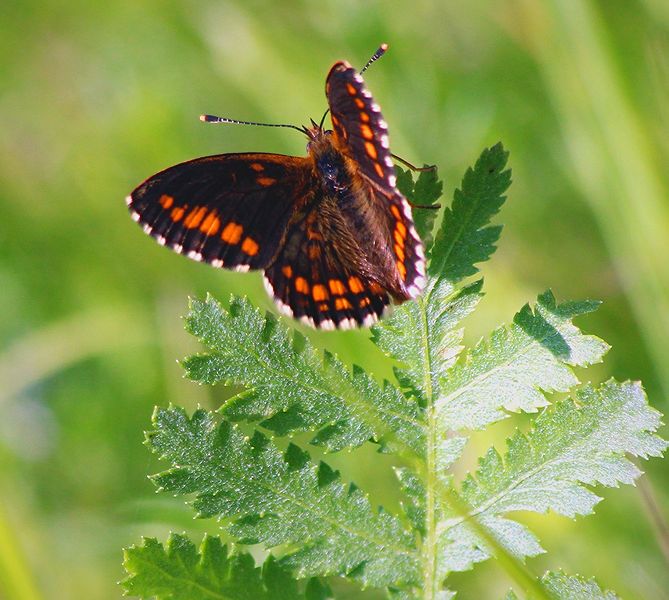




One Response to Mammal-watching in Estonia